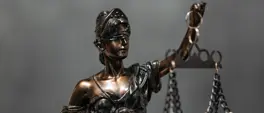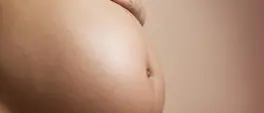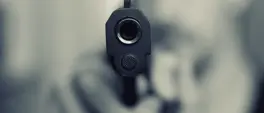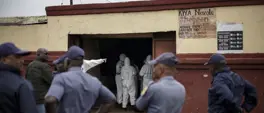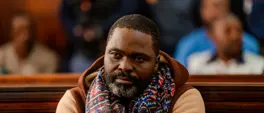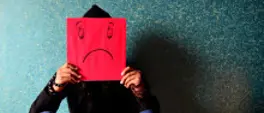Roger Ballen's End of the Game exhibition: Exploring the relationship between human and animal
Jabulile Mbatha
11 February 2025 | 11:15The combination of artworks has the objective of creating a psychological effect for the public, Ballen says, 'I want to create photographs with a strong psychological impact that people don't necessarily find easy to resolve or answer.'
JOHANNESBURG - The loud and realistic sound of a roaring lion at the start of the exhibition psychologically places one at the home of the animal, whether it’s a game farm, zoo, or lion park that comes to mind first, it is still a place where animals and humans co-exist.
American photographer Roger Ballen exhibits this work at the ‘Inside Out Centre for Arts’- a museum in Johannesburg. He says the exhibition is about the destruction of African wildlife. He demonstrates in a multifaceted exhibition including photographs, installations, videos of other people’s work, and film clips of over a hundred years ago hunting safaris in Africa, all under the term the “End of the Game”.
The theme is inspired by American artist Peter Beard whose artwork shows “a time highlighting the atrocities of man-made destruction done to Africa’s wildlife in the National Parks of Kenya’s Tsavo lowlands and Uganda.”
Beard says “The deeper the white man went into Africa, the faster the life flowed out of it, off the plains and out of the bush…vanishing in acres of trophies and hides and carcasses”. The body of work shown by Ballen speaks directly to this as it embodies the concept of ‘African safari’, which is synonymous with adventure and exploration which is embedded in history and colonialism. It also speaks to the human instinct to want to understand, control, and to an extent dominate the natural world where animals exist”.
This is shown in the exhibition through caged stuffed animals, the layout of animal skin on the ground, the display of horns, ropes around the necks of the animals, and chains around the feet of others. Other symbols that speak to the setting of the African safari include the use of rifles, telescopes, archival hunting photographs, and binoculars.
The display shows the destruction and captivity of wildlife while it also juxtaposed with some uncomfortable installations of things like a doll’s head in a crocodile’s mouth, the trampling of a human by a real-life-sized lion, or a man whose feet are disconnected from his feet, lays face up trying to shoot at a bird flying over him, to demonstrate a fight from the animals against this dominance.
The combination of artworks has the objective of creating a psychological effect for the public, Ballen says “I want to create photographs with a strong psychological impact that people don't necessarily find easy to resolve or answer.”
World Wide Fund for Nature reported in 2024 that there was a significant decline in the average size of populations of wildlife across the African continent. According to the report, “Africa has experienced a decline of 76% in the size of monitored vertebrate wildlife populations between 1970 and 2020”, which is well represented in his exhibition. Ultimately, his work offers a platform for reflection on the ongoing consequences of humanity’s pursuit of control over nature and the ethical dilemmas that arise from such endeavours.
Get the whole picture 💡
Take a look at the topic timeline for all related articles.
